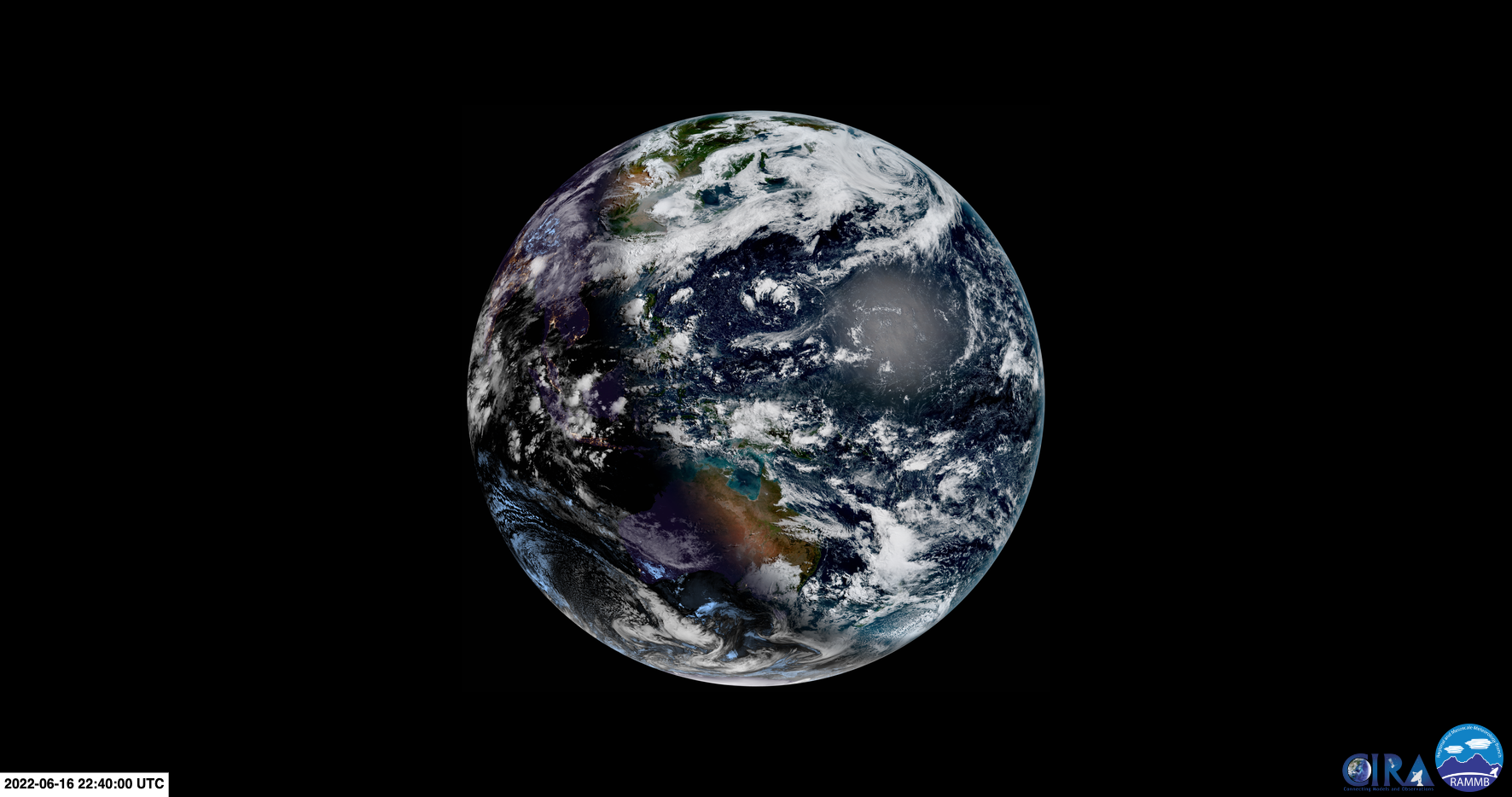The winter solstice, the shortest day of the year in the Southern Hemisphere, is only a matter of days away.
The Southern Hemisphere’s winter solstice will occur on Tuesday, June 21, at 7:13pm this year. This is the day of the year with the fewest sunlight hours, making it the shortest day of the year and the longest night everywhere south of the equator.
While the winter solstice officially marks the first day of the astronomical winter, the good news for those that prefer daylight is that the days will only get longer and brighter from the middle of next week.
While the Southern Hemisphere is about to experience its winter solstice, the Northern Hemisphere is simultaneously going to have their summer solstice, marking the longest day of the year.
This is thanks to the Earth’s tilted axis, which means the southern hemisphere is tilted more away from the sun on the winter solstice, and therefore receives less light.
The timing of winter solstice is down to the minute, with this year’s solstice occurring at 7:13pm, which is exactly when the Southern Hemisphere reaches its furthest tilt away from the sun.
The sun feels weaker at this time of year in the Southern Hemisphere because the angle that the sun’s rays hit the earth is shallower. This occurs throughout winter but is most noticeable around date of the winter solstice.
However, while the hours of sunlight are shortest and the sun feels weaker on the winter solstice, it does not necessarily mark the coldest day of the year.
Typically, the coolest days occur a few weeks after the winter solstice because the oceans, the land and the atmosphere take a while to cool down after a warm summer and autumn.
However, all of Australia’s southeastern and eastern capital cities just had their coldest first fortnight of winter in more than a decade, in some cased more than 70 years. So, it is possible that the start of June will be cooler than the start of July in some parts of Australia. For more information on Weatherzone’s temperature and solar forecasts, please contact us at business@weatherzone.com.au.







